
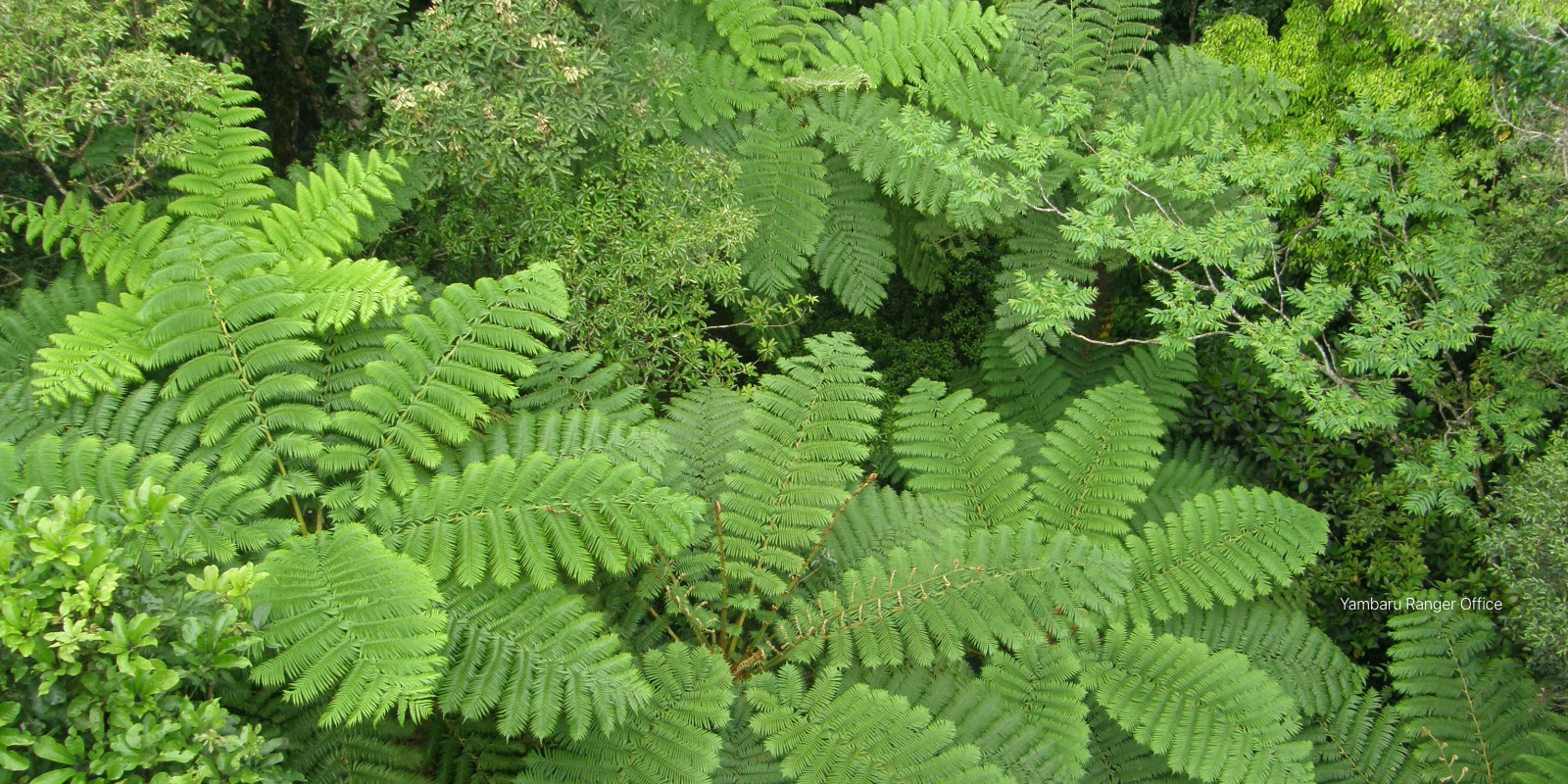
At the north of Okinawa’s main island, Yambaru National Park is a true treasure trove of nature. Here a diversity of life thrives amid mangroves, subtropical forests, and limestone cliffs. Yambaru’s villages of Kunigami, Ogimi, and Higashi cover just 0.1% of Japan’s land — but you’ll find around half of the country’s bird species here, and much more besides. Hiking trails through the pristine woodlands show off countless unique plants, and the striking karst topography of limestone rocks jutting up through the forest. Meanwhile, a hike to Hiji Waterfall or a canoe tour through Gesashi Bay’s mangroves rewards explorers with gorgeous, secluded nature spots to bask in. The park’s coastline offers its own amazing sights. From the trails of Cape Hedo to the observatory of Kayauchi Banta, you can take in views of dramatic cliffs, distant islands, and the rugged coastal terrain.

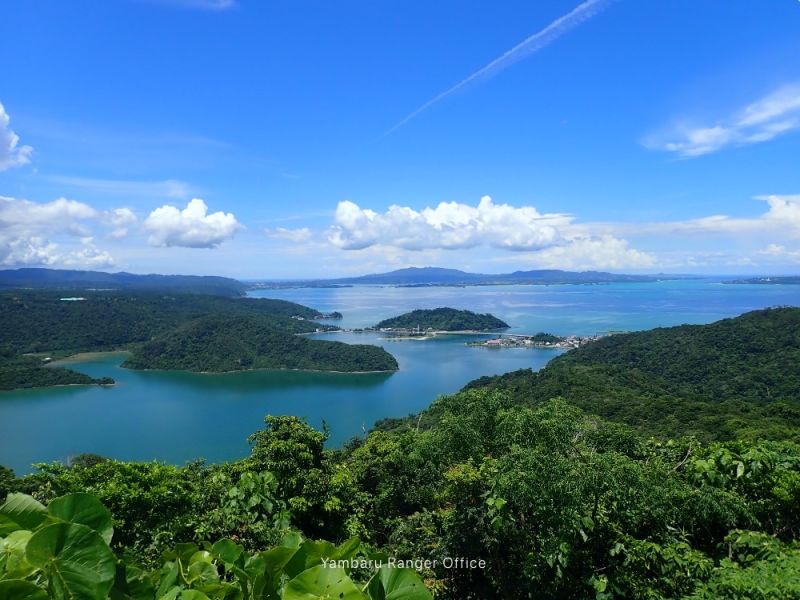
Unparalleled Subtropical Bounty
Much of Yambaru is subtropical forest, and it's also blessed with beautiful limestone cliffs and wonderful coastline. Daisekirinzan, located at the northern tip of Okinawa Island, is known for the abundance of striking limestone outcrops that jut from ground, easily accessed by a network of trails. Several coastal spots here offer commanding views of Okinawa’s seas. The observatory at Kayauchi Banta overlooks magnificent ocean views and limestone cliffs. From Cape Hedo, you can catch sight of Kagoshima Prefecture to the north. Shioya Bay is rated one of the eight most scenic spots in Okinawa. Each August here the local people hold the Ungami harvest festival — designated an Intangible Folk Culture Asset. Wading into the ocean, revelers bang their drums and cheer on their competing villages, in a boat race that’s part spectacle, part sacred tradition.
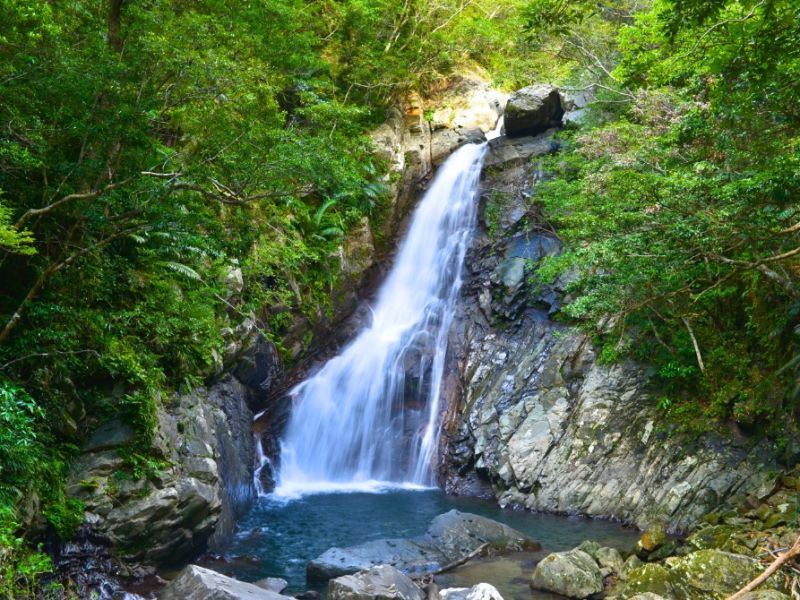
Forge into the Heart of Yambaru
The best way to discover Yambaru is to get active. Guided hikes are popular, as they introduce the best routes and the deeper secrets of the forest — and you can sometimes meet the rare creatures of the island on your walk. Gesashi Bay’s mangrove forests are the most extensive in Okinawa, and both red and black mangroves thrive there. With all the water though, it’s hardly a hiking spot — canoe tours are the way to go here. Inland, the stunning Hiji Waterfall is very accessible, just 1.2 kilometers from the Hiji Waterfall Campground. Outdoorsy types can enjoy the beautiful assortment of plants unique to the subtropical region, and may even spot an Okinawan woodpecker or Ryukyu robin.


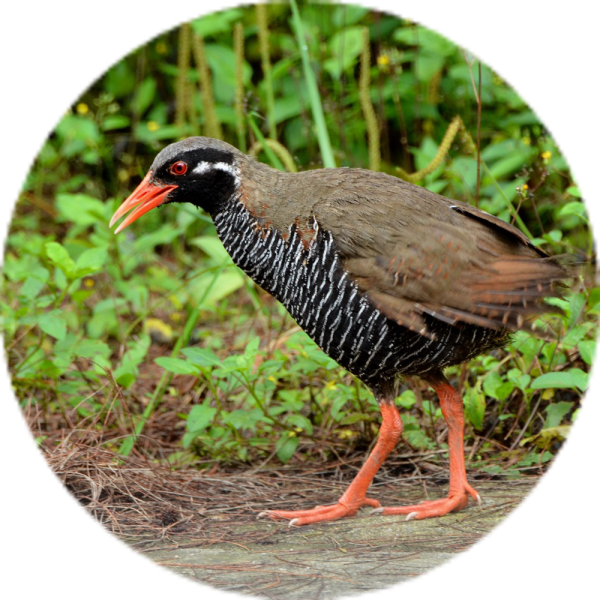


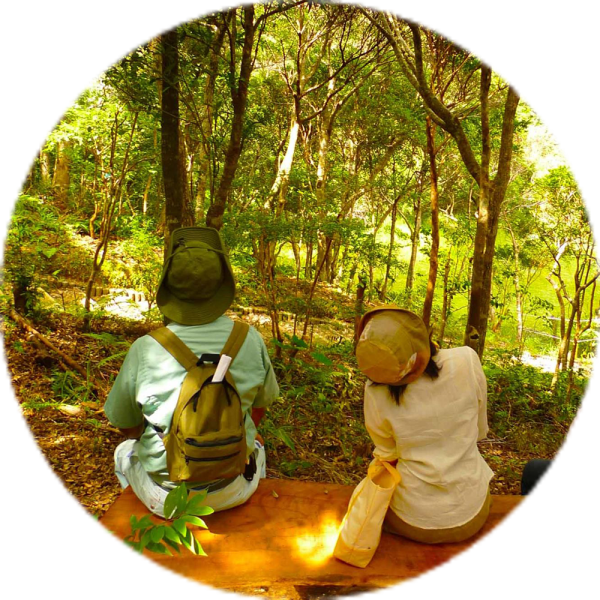
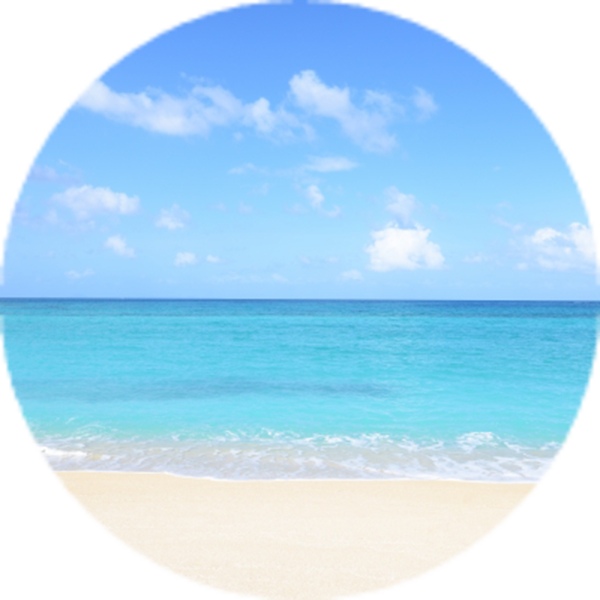

A place to stay is essential for every National Parks adventure — book now for peace of mind.